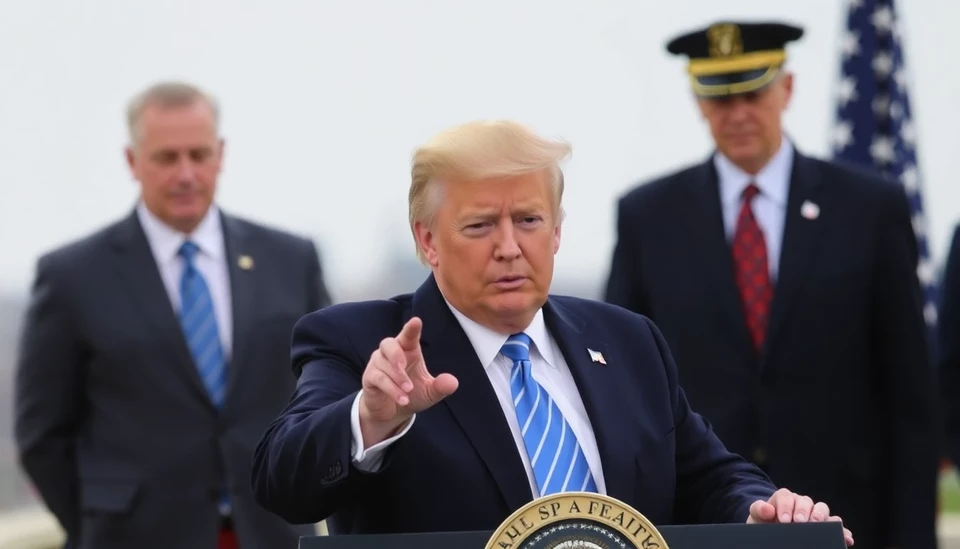
Former President Donald Trump has recently unveiled his plan to introduce a set of reciprocal tariffs designed to stabilize American manufacturing against foreign competition. This proposal comes as a strategic move amid ongoing concerns regarding trade imbalances and the financial pressures being faced by U.S. industries. Trump’s approach aims to level the playing field, ensuring that imports are taxed similarly to the tariffs imposed on American goods by other countries.
The former president announced these intentions during a rally in Wisconsin, highlighting his commitment to protecting American jobs and fostering domestic production. His supporters cheered as he outlined how these tariffs would not only retaliate against unfair trade practices but also boost American manufacturers and workers who have been impacted by globalization.
Details regarding the specific countries that would face these tariffs were not fully disclosed, but Trump suggested that nations that impose tariffs on U.S. exports would be prioritized in the implementation of reciprocal measures. The idea of reciprocity has been a cornerstone of Trump’s trade philosophy, which emphasizes the necessity of fair exchanges and aims to rectify what he perceives as long-standing inequities in international trade agreements.
This proposal comes against the backdrop of rising inflation and continuing disruptions in supply chains, which have made it difficult for many American companies to thrive competitively on a global scale. Trump indicated that if his plan were enacted, it would give American businesses the necessary support to compete effectively, particularly in sectors such as steel and aluminum, where foreign competitors have traditionally benefitted from lower production costs.
Critics of Trump’s tariff strategy argue that implementing reciprocal tariffs could lead to trade wars that may further escalate prices for consumers and strain relationships between the U.S. and its trading partners. However, during his speech, Trump dismissed these claims, asserting that the move was essential for protecting American interests and encouraging local economies to flourish.
As Trump’s team prepares to push this proposal forward, political analysts speculate on how it may impact the current economic landscape, especially with the upcoming elections in mind. Many Republicans are expected to rally behind the plan, seeing it as a return to Trump’s America First agenda, which was a hallmark of his presidency and continues to resonate with his base.
In summary, Donald Trump has initiated discussions on implementing reciprocal tariffs aimed at strengthening American industry and labor. While the approach garners significant support among his followers, the broader implications for international trade relations and consumer prices remain to be seen. With the political landscape constantly evolving, this tariff proposal may play a crucial role in upcoming campaigns and policy discussions.
Stay tuned as we continue to cover updates on Trump's trade initiatives and their potential impact on the global economy.
#TrumpTariffs #TradePolicy #AmericanManufacturing #EconomicImpact #ReciprocalTariffs
Author: Rachel Greene




